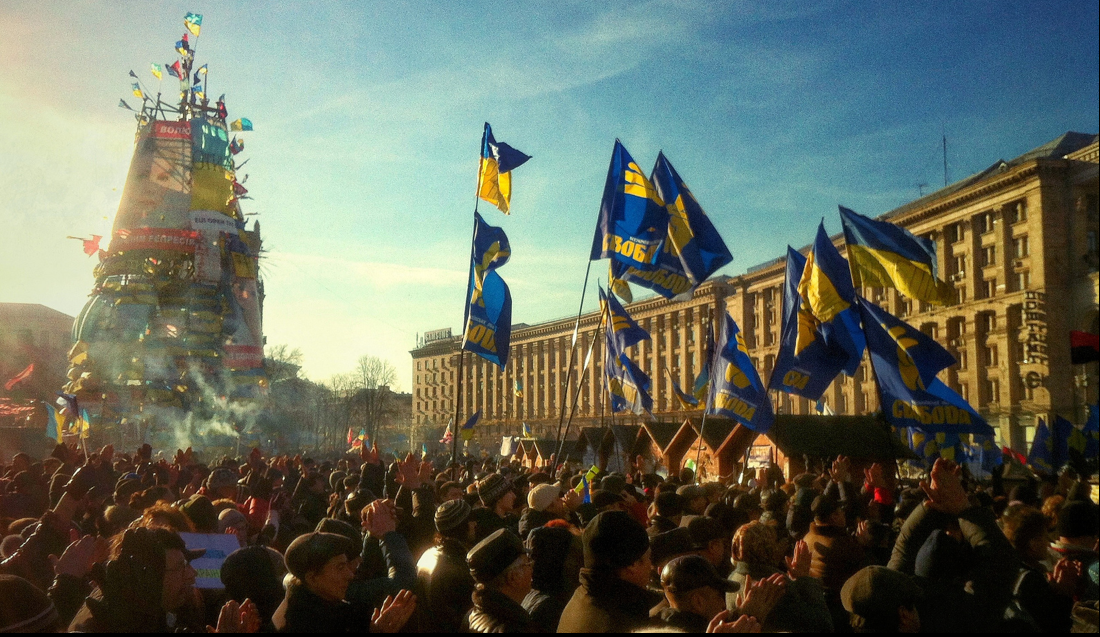Neue Zürcher Zeitung, August 18, 2006
Whenever journalists aim at discrediting PR experts, they opt for the rather unflattering epithet “spin doctors”, in other words, practitioners of the art of twisting facts and turning them around until they appear in the ‘right’ light and until the story has the right “spin” to please those who have commissioned it. The extent to which journalists, especially in times of war, tend to become spin doctors has been recently elucidated by Stephen Bax, a media researcher at Canterbury Christ Church University, who took the British press as an example.
Several other British publications went on to pepper their reports with such a number of glaringly contradictory facts that one was lead to conclude that they had been mostly invented. And when it became obvious that the whole operation had been a giant failure, simply because neither Saddam, nor his daughter, or anyone of his general staff had been present in the wrecked building – in total contradiction to what papers had claimed so far – the press again showed an astounding degree of inventiveness: “They missed their target by seconds”, was the Daily Mail’s analysis, and the Daily Star knew that Saddam’s escape had been nothing less than “a miracle”.
Other examples analysed by Bax show how a basic lack of cultural and linguistic knowledge of the Arab world made possible many translation errors that led to a gross misrepresentation of Saddam’s public appearances. For example, Saddam’s appeal to the Iraqi people to resist the US invasion “for the sake of our children” was rendered by news agencies as “we must sacrifice our children”. None of the (British) editors, it seems, ever thought about checking that translation. This was, instead, described as a “chilling admonition by the tyrant”.
Finally, there is another telling instance of “spin-doctoring” – this time, of an instance committed by the US military, which knowledgeable correspondents would and should have been able to detect. Because the Pentagon simply refused to believe in Saddam’s survival when he re-appeared on Iraqi television, reports were circulated around the globe claiming that it was just a look-alike that had been shown. “No one with real knowledge about Iraq,” Bax explains, “could ever have come up with such a harebrained idea. However, the British press, instead of asking critical questions, was anxiously waiting for the CIA to either confirm or deny whether it had been the ‘real Saddam’ who had spoken that day.”









































